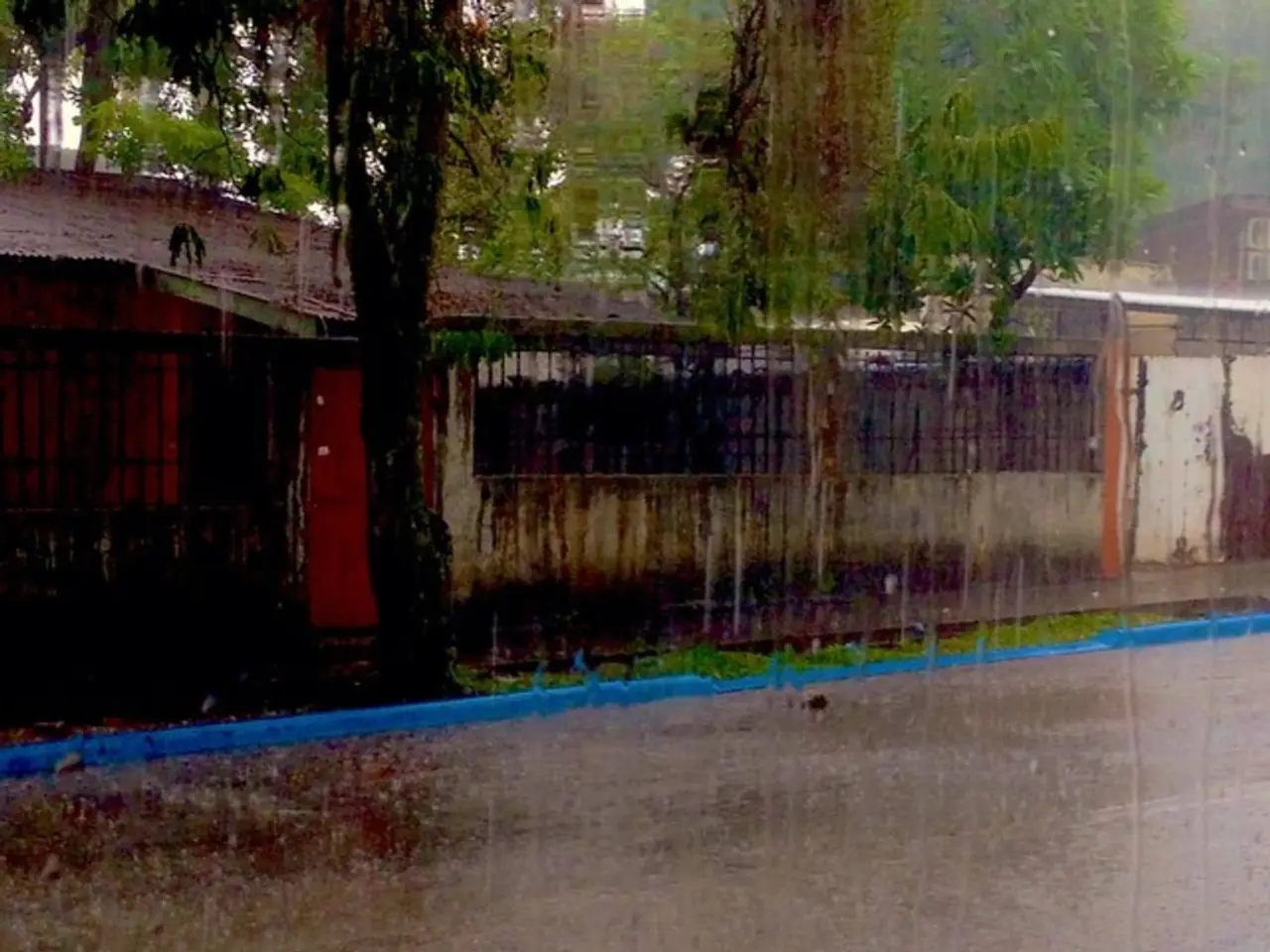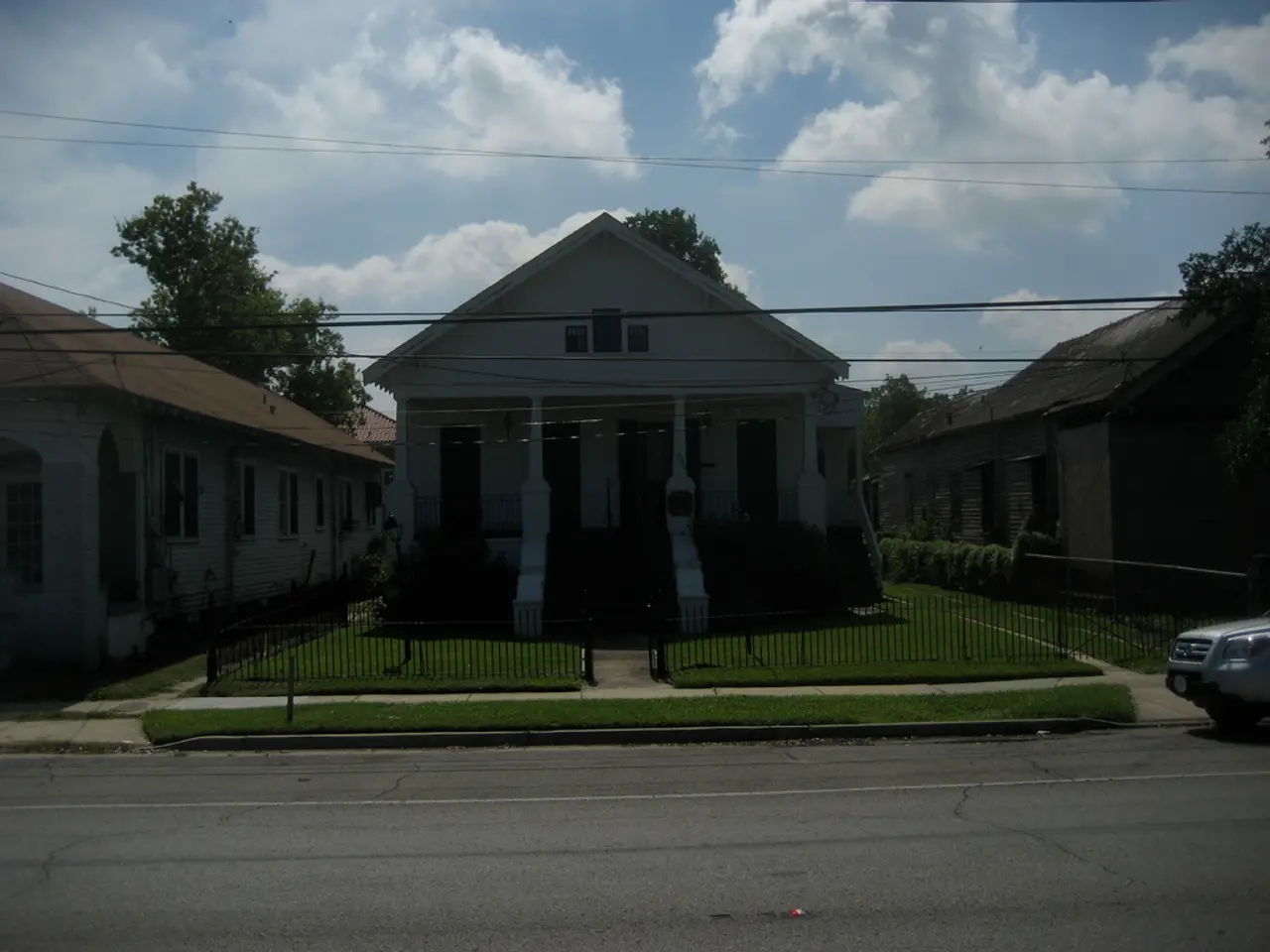Heavy summer rains expected in various regions of Luzon due to the influence of the Southwest monsoon.
The southwest monsoon, known as "habagat," is currently affecting various regions in northern Luzon, bringing weather conditions such as partly cloudy to cloudy skies with isolated rain showers or thunderstorms due to localized thunderstorms. The rest of the country will experience similar weather conditions, with light to moderate winds and seas.
According to the Philippine Atmospheric, Geophysical, and Astronomical Services Administration (PAGASA), the southwest monsoon is responsible for the weather conditions in these regions. Batanes, Ilocos, Cordillera regions, and Cagayan Valley are expected to experience cloudy skies with scattered rains and thunderstorms due to the southwest monsoon. Over the northern and western sections of Northern Luzon, moderate to rough seas will be present.
As of 3 a.m. Saturday, the tropical cyclone was last spotted at 1,635 km. east-northeast of extreme Northern Luzon. The tropical cyclone is packing sustained winds of 55 kph and gustiness of up to 70 kph, but it is not currently directly affecting Northern Luzon. Tropical Storm Nari, which was earlier outside the Philippine Area of Responsibility (PAR), remains outside the country and is not expected to have a direct effect on the country.
However, PAGASA is monitoring a cluster of clouds east of Mindanao, which may develop into a low-pressure area and could potentially become a cyclone named "Fabian" if it enters PAR in August. This low-pressure area currently does not impact Northern Luzon specifically.
It is important to note that the current forecast indicates that the southwest monsoon is on a "monsoon break" from early August until around August 12, 2025, following two weeks of heavy rains. During this break, the intense monsoon rains have subsided, but scattered afternoon or evening rain showers and localized thunderstorms are expected to continue across many parts of the country.
Residents in flood-prone areas should stay alert for updates and watch for any developments of the monitored low-pressure area. It is advisable to follow the advice and instructions of local authorities and to take necessary precautions to ensure safety.
Environmental-science experts are closely monitoring the weather conditions in Manila as the southwest monsoon, or "habagat," brings intermittent rains and thunderstorms, following the temporary "monsoon break" which is expected to last until August 12, 2025. This seasonal weather pattern can pose environmental risks due to the possibility of localized flooding in certain areas, particularly those prone to flooding.






